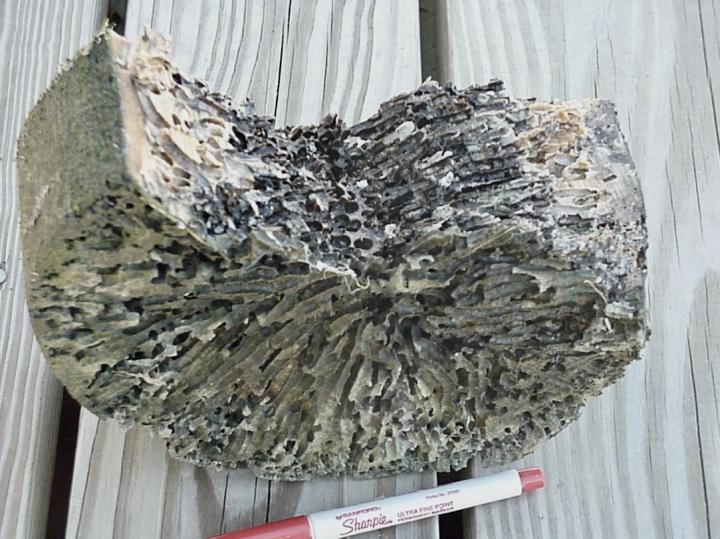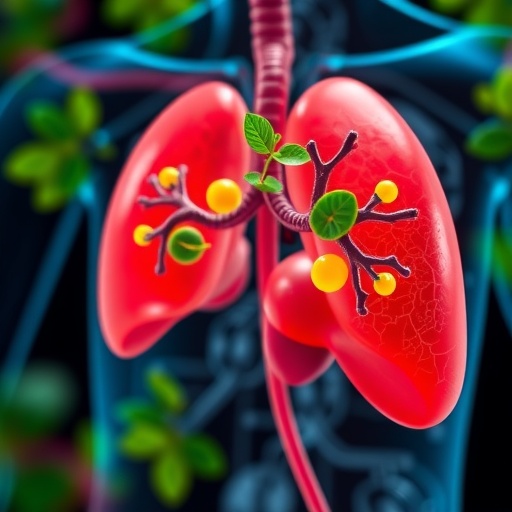New research reveals that we know less about the history-altering shipworm than we thought

Credit: Barry Goodell
AMHERST, Mass. – Humans have known for over two thousand years that shipworms, a worm-like mollusk, are responsible for damage to wooden boats, docks, dikes and piers. Yet new research from the University of Massachusetts Amherst published in Frontiers in Microbiology reveals that we still don’t know the most basic thing about them: how they eat.
“It’s unbelievable,” says Reuben Shipway, adjunct assistant professor in microbiology at UMass Amherst, research fellow at the Centre for Enzyme Innovation at the University of Portsmouth, UK, and one of the paper’s authors. “The ancient Greeks wrote about them, Christopher Columbus lost his fleet due to what he called ‘the havoc which the worm had wrought,’ and, today, shipworms cause billions of dollars of damage a year.”
Shipworms also play a key role in mangrove forest ecosystems, found throughout the world’s tropical regions, and are responsible for cycling a huge amount of carbon through the web of life. “Yet,” says Shipway, “we still don’t know how they do what they do.”
Part of the problem is that the nutritious part of wood – cellulose – is encased in a thick and extremely difficult-to-digest layer of lignin. “Imagine a really thick, unbreakable eggshell,” says senior author and UMass professor of microbiology, Barry Goodell.
Certain fungi possess enzymes capable of digesting the lignin, and it has long been thought that symbiotic bacteria living in shipworms’ gills also had the enzymes. “We thought that the bacteria were doing the work,” says Goodell, “but we now know they are not.”
Researchers are still trying to figure out what within the shipworm could be responsible for breaking down the lignin. “I combed through the entire genomes of five different species of shipworm,” says Stefanos Stravoravdis, the paper’s lead author and a graduate student in microbiology at UMass, “looking for specific protein groups which create the enzymes that we know are capable of digesting lignin. My search turned up nothing.”
This, however, is not the end of the story, and the team will be publishing more research in the near future that will help unravel the mystery of how shipworms eat wood. “We need to understand this process” says Stravoravdis.
###
This research was supported by the National Science Foundation; National Institute of Food and Agriculture; U.S. Department of Agriculture; the Center for Agriculture, Food and the Environment; and the UMass Amherst microbiology department.
Contacts: Barry Goodell, [email protected]
Daegan Miller, [email protected]
Media Contact
Daegan Miller
[email protected]
Original Source
http://www.
Related Journal Article
http://dx.




